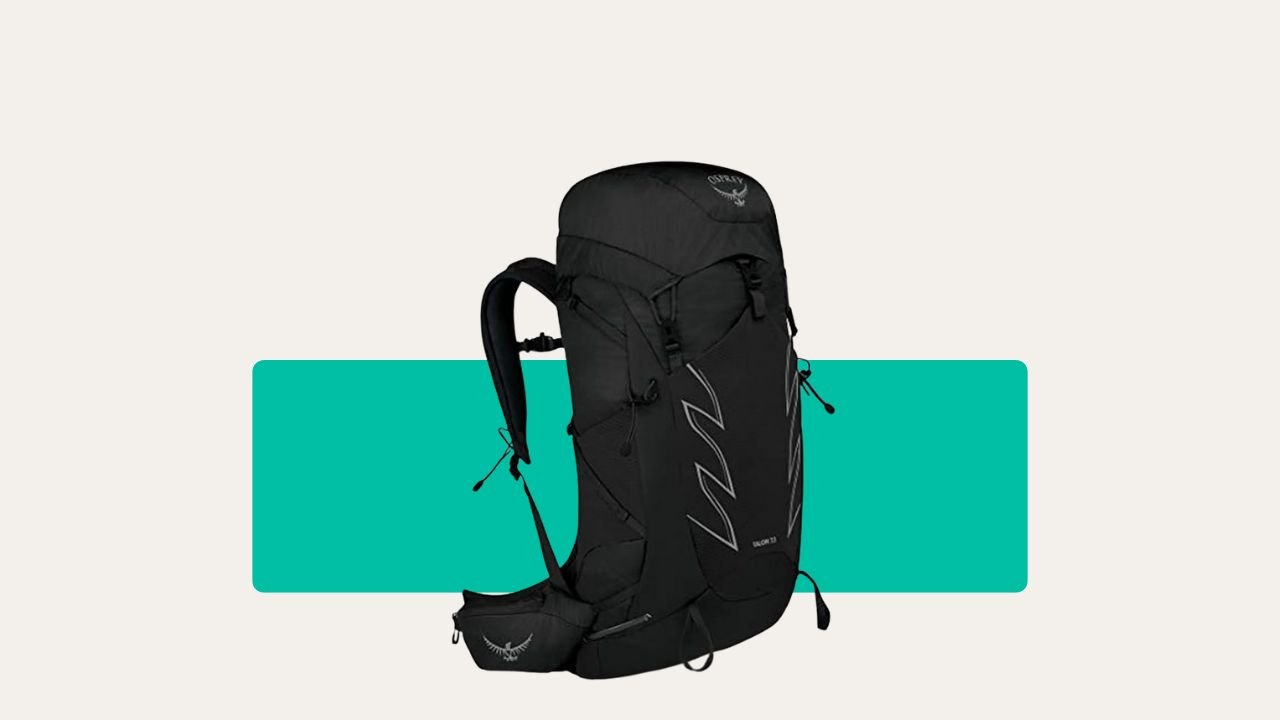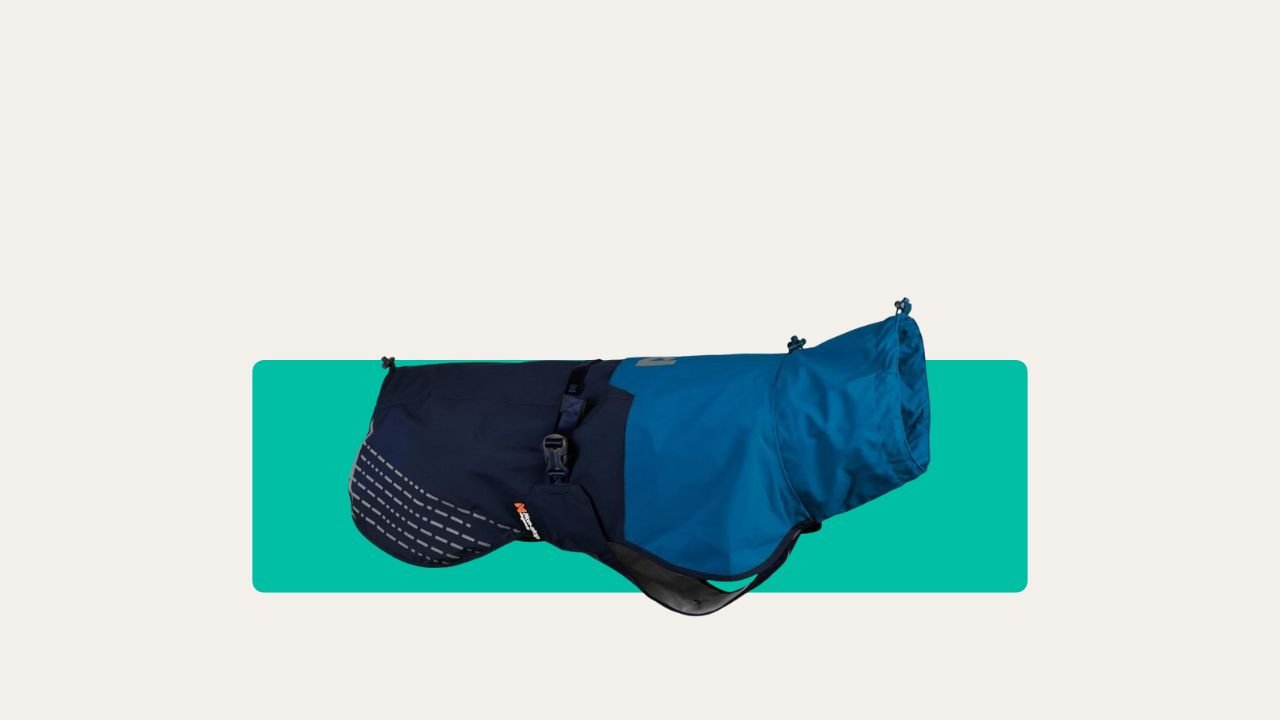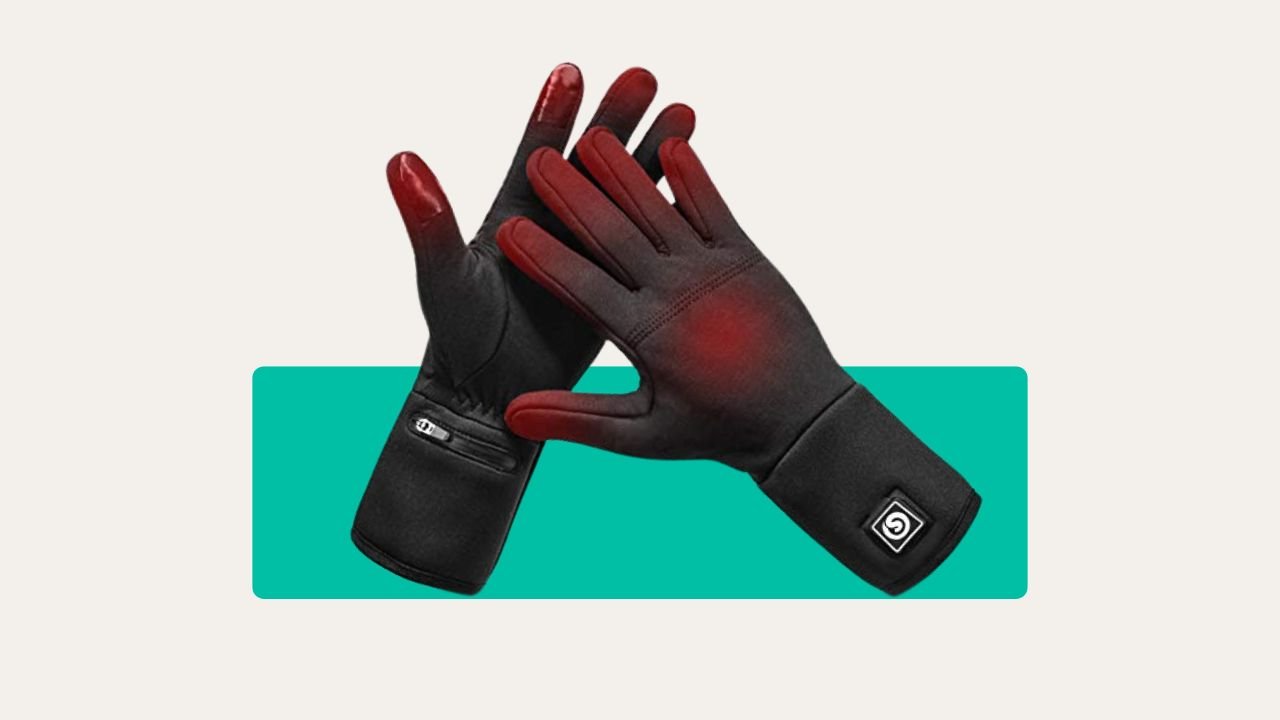Most people think fire-making’s as easy as flicking a lighter. That’s great—until your lighter’s wet, or lost at the bottom of a boggy backpack. I’ve been there (cheers, Dartmoor in autumn), and trust me, it pays to know how to start a campfire without matches or a lighter.
Whether it’s wild UK weather, forgotten gear, or just wanting real camping skills, these campfire starting tips will see you right.
Why Do You Need to Make Fire Without a Lighter?
Fire keeps you warm, feeds you, and tosses out the midges. It’s peace of mind if you're caught in a downpour with no gas left for your stove. In emergencies—hypothermia, darkness, or needing to signal—it’s a lifesaver. And besides, fire-building is proper camping; it makes you feel in control.
I’ve used these tricks after a soaking on the Yorkshire Moors when matches were nothing but mush. If you only ever learn one real bushcraft skill, make it this one.
Gather Your Materials Before You Even Try

Most new campers do themselves in before they even start. You can’t wing it if your stuff’s soaking. Before you start, collect three main things:
- Tinder: You want dry, fine stuff. Crumbled dry leaves, grass, birch bark, cotton wool, even pocket fluff or dryer lint in a pinch.
- Kindling: Fingers-thick twigs, smaller broken branches, pine cones—dry is the key word here. If it snaps instead of bends, you’re golden.
- Fuel wood: Bigger sticks and then ready-to-burn logs for after you’ve got a strong flame going.
If you’re aiming to try friction or spark tricks, you might need extras: a good knife, string for a bow drill, a battery, steel wool, or a magnifying glass. Get it all sorted and you won’t be scrambling once things warm up.
Pick the Best Fire Starting Method for the Job
Don’t fuss about with hand drill wizardry if it’s pelting down or you’ve got steel wool in your kit. Here are your main ways to start a fire if you’ve no lighter or matches on hand:
1. Bow Drill
The bow drill is a classic. It looks complicated, but it’s reliable once you get the knack. You’ll need a curved stick (your “bow”), some paracord or a shoelace, a spindle (dry, straight stick), a fireboard (softer wood is easier), and a socket (a stone or wood block to hold the top).
Loop the cord around the spindle, put the end in the fireboard notch, and saw the bow back and forth. You’ll know you’re getting there when smoke pours out and a little coal forms. Tip: Keep steady pressure—don’t rush or you’ll just make a mess.
2. Hand Drill
This one will warm you up! You’re just spinning a thin, straight stick (spindle) between your hands, pressing into a fireboard. It’s slow and tricky, especially in the damp, but it works.
Rub your hands down, not up, and let friction do its bit. Best done on calm, dry days with soft wood.
3. Fire Plough
The fire plough’s a proper back-up when you’ve nothing else. Drag a hard stick through a groove in your fireboard, fast and steady, until dust gathers and a coal forms.
This is callus-growing work—a bit like the hand drill, but with a different motion. Like most friction methods, dry wood is key.
4. Flint and Steel
Old as time and still effective. Bash a piece of carbon steel against flint, chert, or even a good sharp rock. Sparks will fly; your job’s to catch them on something ready to burn, like char cloth or a dry fungus.
Blow gently until you get a flame. Get yourself a pocket fire steel (ferro rod) if you like extra reliability—it throws more sparks than a traditional steel.
5. Solar Tricks (Using Sunlight)
When the sun’s out (rare on some British days, let’s be honest), you can use a magnifying glass, glasses, or even the bottom of a tin can polished shiny to focus sunlight.
Point it dead-on at some tinder till it smokes—no wind is your friend here. I once did this with a camera lens on a dry spell in Norfolk—felt like a campfire wizard.
6. Batteries and Steel Wool
If you’ve got a 9V battery and fine steel wool, rub the battery’s terminals on the wool. It’ll spark and catch almost instantly.
Great trick if you’re carrying spares for a headtorch—not so great if your battery’s flat. Quickly nest the burning steel wool in your tinder, and get that kindling on fast.
7. Other Campfire Gadgets
Maybe you’ve packed a fire piston or even a pump drill. These compress air to heat up tinder, and they're fun for kit tinkerers. Good to try before you’re desperate in the field.
Build the Campfire So It Actually Works
Here's where a lot of people trip up: they light a match (or a spark), get a few flickers, and it all fizzles out. Lay your campfire right:
- Step one: Make a small nest of tinder where your sparks or embers will land. Think ‘bird’s nest’ – loose and airy, not packed tight.
- Step two: Stack kindling over and around the tinder in a tepee or lean-to style. Leave gaps for air, but keep it close enough to catch.
- Step three: Once the kindling’s caught, start adding thicker sticks, then your fuel wood, steadily. If you smother it, it’ll die; if you starve it, it’ll die. Think of it like feeding a grumpy cat—stealthy, steady, and with some respect.
Mistake I learned the hard way: don’t use damp wood from the ground, especially on a late autumn trip to Cumbria. A single strip of birch bark makes all the difference when it’s sopping.
Choose the Right Fire Shape for the Job
Campfire shape isn’t just campfire snobbery—it matters. Here are the main styles:
- Teepee: Stack kindling and logs in a cone. Quick to light, warm and bright, but burns through fuel fast.
- Log cabin: Square stack around your tinder. Burns longer, drops lovely coals—ideal for cooking or when you don’t want to keep feeding it all night.
- Lean-to: Rest kindling and wood against a large log. Good in wind—gives the fire a windbreak.
- Pyramid: Flat layers of bigger wood at the bottom, finer at the top. Burns down into a spread of hot coals. Handy for steady warmth.
Mix and match depending on the weather, wood, and what you need most—heat, light, or a night’s worth of embers.
Fire Safety: Don’t Be That Camper

You absolutely need to respect fire. Here’s what you do:
- Clear the ground—a metre round your fire at least. No dry grass or nettles waiting to go up.
- Keep water or damp sand within arm’s reach. No excuses.
- Never leave a campfire burning if you’re asleep or leaving camp. Ever.
- Don’t build big fires in high wind, drought, or when told not to. One slip-up can close entire parks and get wild campers a bad name.
- When you’re done, drown it. Stir the ashes. Drown it again. Hold your hand near—if it’s hot, it’s not out.
I once spent ten minutes in sideways rain on the South Downs, soaking a fire because my mate thought, “It looks out.” Smouldering embers can travel and cause chaos.
Practise, Practise—Then Practise Again
You don’t master the bow drill in a picnic. Fire lighting without a match or lighter takes patience, and it’ll drive you spare before you get it right. That’s normal. Even top bushcrafters flub it when gear's damp or hands are cold. Practise on dry days close to home—like your back garden—before you try for real on a windswept fell.
And don’t just practise the lighting bit—practise collecting materials, lighting with different woods, and keeping a fire going in drizzle or outright rain. The more you muck it up in safe conditions, the safer you’ll be when it matters.
Final Thoughts: Be the Camper Who Always Has Fire
There’s a reason most camping disasters come from cold, wet campers who thought they'd “sort it out when they got there”. Don’t let that be you. Knowing how to make a fire without a lighter or matches is half skill, half stubbornness—plus a dash of common sense.
Once you nail a few techniques, you’ll be confident whatever weather or gear letdown you walk into. Test it before your next wild night out. You’ll be warmer, safer, better fed, and—if you’re anything like me—you’ll enjoy your next soggy campsite all the more for it.









